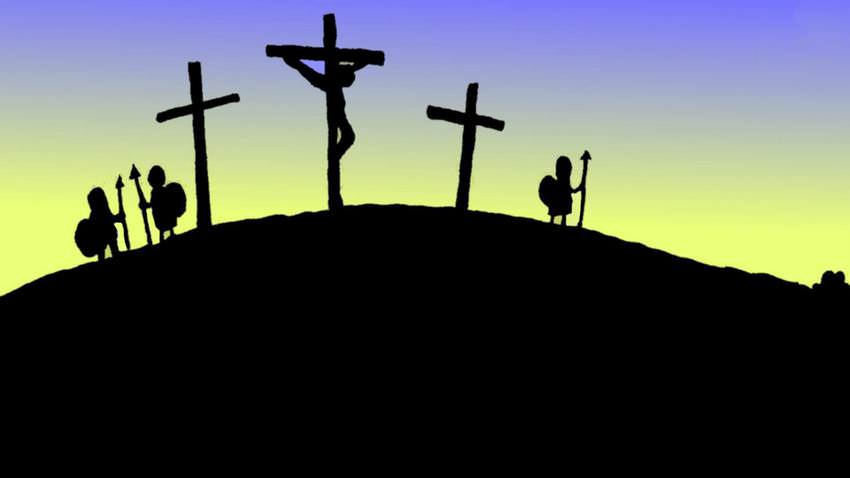 Good Friday
Good Friday 
Good Friday is a very important day for all Christians. On Good Friday, Christians remember that Jesus died for everyone. He was crucified by the Romans on a hill outside Jerusalem although he had not done anything wrong. When a person was crucified, they were tied and nailed by the wrists and feet to a large wooden cross or scaffold and left to die. This is why a cross if often used as a symbol of the Christian faith.

The 'Good' in Good Friday comes from old English when Good meant Holy. So you could call Good Friday, 'Holy Friday'.
There are parades all over the world to celebrate and remember Good Friday. In Spain and some other countries, people who are very sorry for their wrong doings (called 'Penitents') walk through the streets wearing long robes with hoods and carrying a big cross of wood.
In some countries, including the U.K., sometimes a single person or group of church members carry a large wooden cross, around the streets near the church, before the Good Friday service. They may be also followed by the rest of the people going to church. Sometimes they will stop and have a reading from the Bible or sing a song before going to the service.
In some Central and South American countries there will be a procession of statues to the church before the service. These are often statues of Jesus, Mary and other saints. In Greece, people go to the church in a procession as if they were going to a funeral. Some Orthodox and Catholic churches have models of tombs as the centre piece of the service to help people remember Jesus died.
In most Anglican churches, there are no flowers or decoration such as alter-cloths in the church on Good Friday.
One of my favourite Good Friday customs is Hot Cross buns! These are yeast dough buns with currants and raisins in them and they have a cross on the top. You can eat them cold. I prefer to cut them in half, toasted with butter and jam on!
Comments
Post a Comment